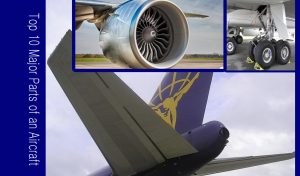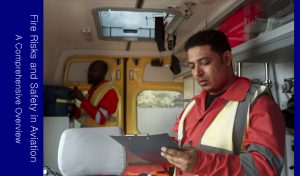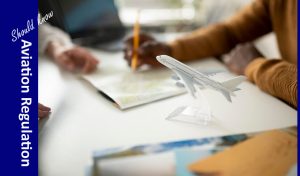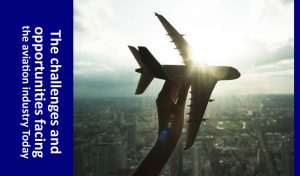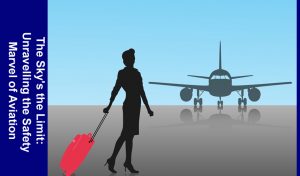The aviation industry, a marvel of human achievement, operates within a stringent regulatory framework to ensure safety, security, and efficiency. This article on Aviation Regulation will delve into the multifaceted landscape of aviation regulation, shedding light on the mechanisms, stakeholders, and pivotal aspects governing this complex industry.
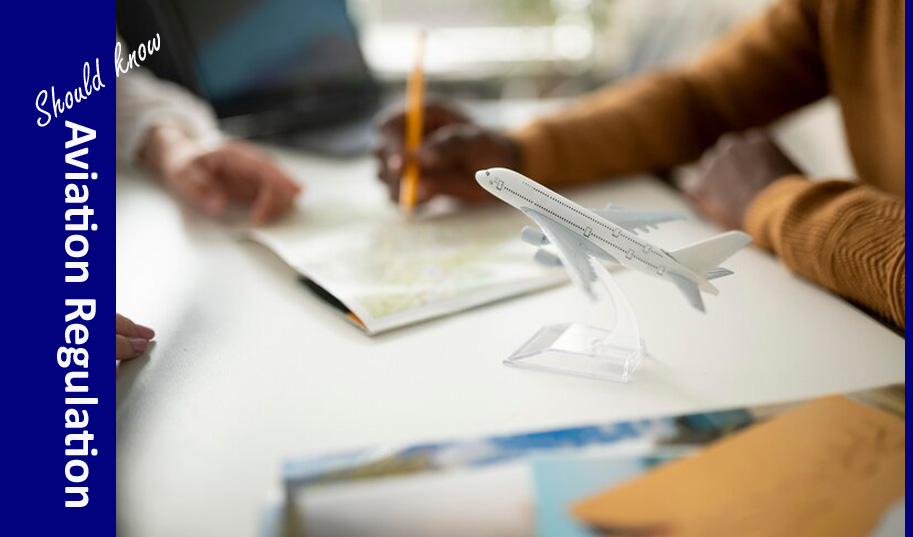
Foundations of Aviation Regulation
Historical Evolution
Aviation regulation traces its roots to the early 20th century, evolving alongside the growth of air travel. The catastrophic incidents, like the Hindenburg disaster, prompted the need for regulatory measures to ensure safety and reliability.
International Civil Aviation Organization (ICAO)
Established in 1944 under the United Nations, the ICAO serves as the global standard-setter for aviation regulations. It formulates standards and recommended practices (SARPs), harmonizing regulations worldwide to ensure uniformity and safety in air transport.
Global and National Regulatory Bodies
ICAO’s Influence
ICAO’s influence spans across national borders, providing a centralized framework that nations adopt to develop their aviation regulations. Its standards cover a wide array of aspects, including airworthiness, operations, security, and environmental protection.
National Aviation Authorities
Each country typically has its civil aviation authority, such as the FAA in the United States, CAAC in China, or EASA in Europe. These entities enforce regulations within their jurisdictions, aligning with ICAO standards while tailoring certain aspects to national needs.
Regulatory Framework and Standards
Safety Regulations
Ensuring airworthiness remains a cornerstone of aviation regulation. Stringent checks, maintenance protocols, and certification processes are in place to ensure that aircraft meet strict safety standards.
Operational Guidelines
Standardized procedures for pilots, air traffic control, and airlines ensure safe operations. This includes protocols for flight planning, navigation, emergency procedures, and crew training.
Security Measures
In response to global security threats, comprehensive security measures are implemented. Passenger screening, baggage checks, and airport security protocols are continuously updated to mitigate risks.
Compliance and Enforcement
Compliance Procedures
Aviation entities must comply with regulations through rigorous procedures, documentation, and adherence to safety protocols. Failure to comply may result in penalties, grounding of aircraft, or suspension of licenses.
Oversight and Audits
Regular inspections, audits, and oversight by regulatory bodies ensure compliance and identify areas for improvement. Continuous monitoring and evaluation are integral to maintaining safety standards.
Adapting to Change and Challenges
Technological Advancements
Rapid technological advancements, including drone integration and AI, challenge existing regulatory frameworks. Regulations evolve to accommodate innovations while ensuring safety and operational integrity.
Environmental Concerns
The aviation industry faces pressure to address environmental impact. Efforts toward sustainable aviation fuels, carbon neutrality, and emission reduction are integrated into regulatory considerations.
Conclusion
In conclusion, the aviation industry operates within a meticulously crafted regulatory framework that prioritizes safety, security, and efficiency. Collaboration between international bodies, national authorities, and industry stakeholders ensures the skies remain a safe and reliable mode of travel.
FAQs
- What is the role of ICAO in aviation regulation? ICAO sets global standards and practices for aviation safety and security.
- How do national aviation authorities enforce regulations? National authorities enforce regulations within their jurisdictions, aligning with ICAO standards.
- Why are safety regulations crucial in aviation? Safety regulations ensure aircraft airworthiness, minimizing risks to passengers and crew.
- How do aviation regulations adapt to technological advancements? Regulations evolve to integrate new technologies while maintaining safety standards.
- What steps are taken to address environmental concerns in aviation? Efforts include sustainable fuels, emission reduction strategies, and environmental policies integrated into aviation regulation.
